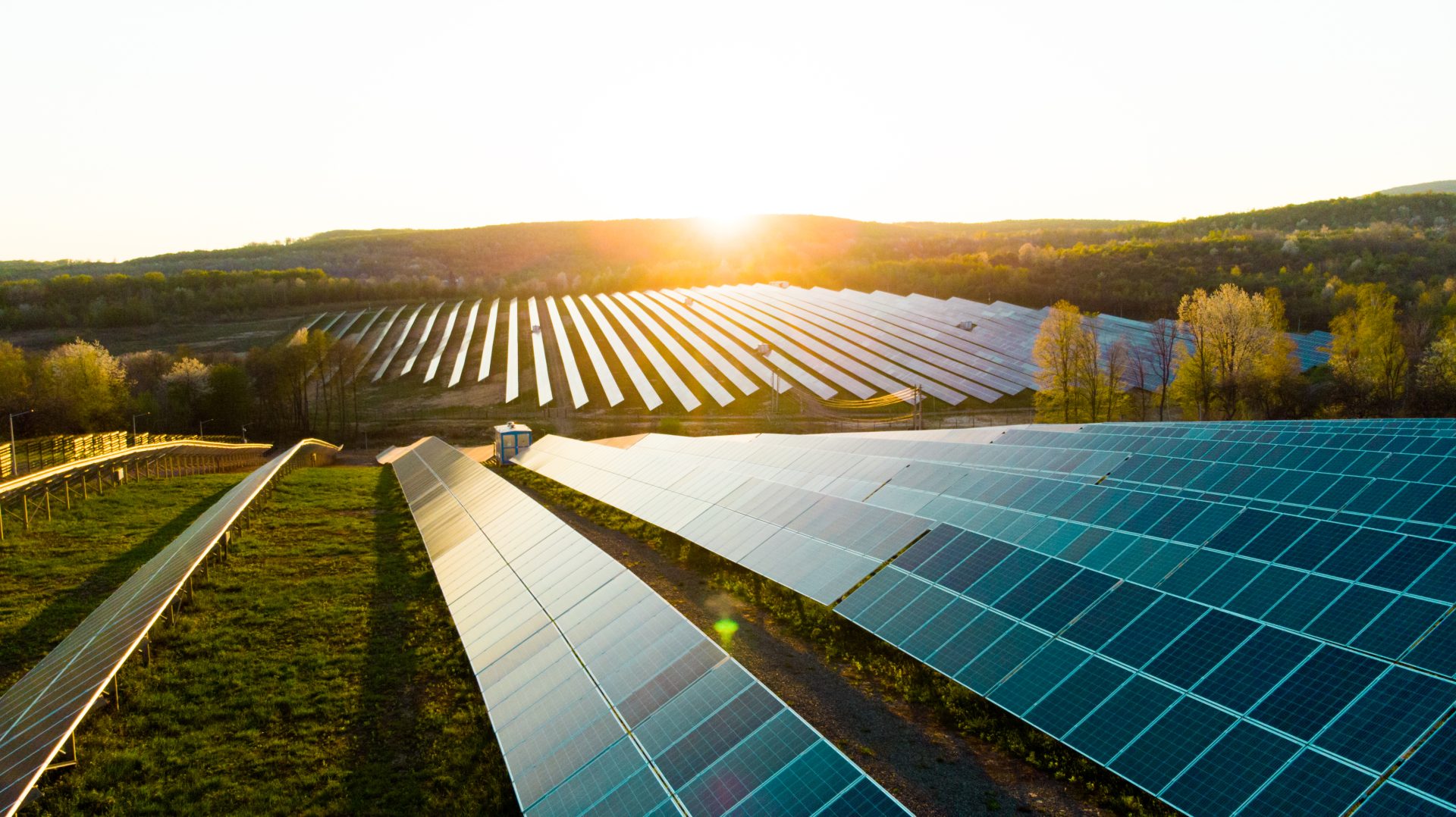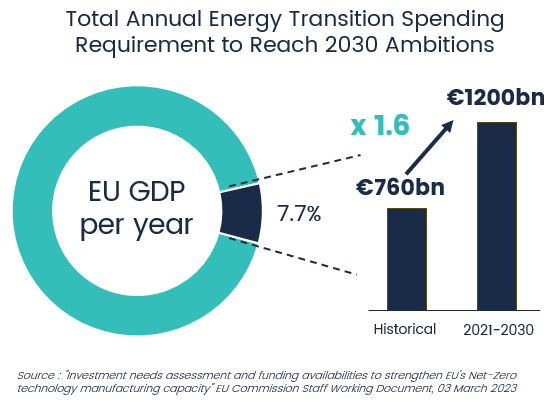Energy Transition Financing
Since 2015, Equital Investment Limited ’s Corporate Finance expertise has delivered resilient debt investments to its investors, with attractive returns and tangible impact towards the climate. Its industrial financing solutions calibrated to meet project needs and investor expectations, have already financed solar, wind, biomethane, battery and energy efficiency projects in the middle market segment across Europe.
The team’s flagship strategy, Sustainable Infrastructure Debt (SID), was launched in 2015 and is now entering its third vintage. In 2022, the strategy Energy Efficiency Financing (F2E) was launched to broaden the team’s financing solutions to include non-infrastructure energy transition.

